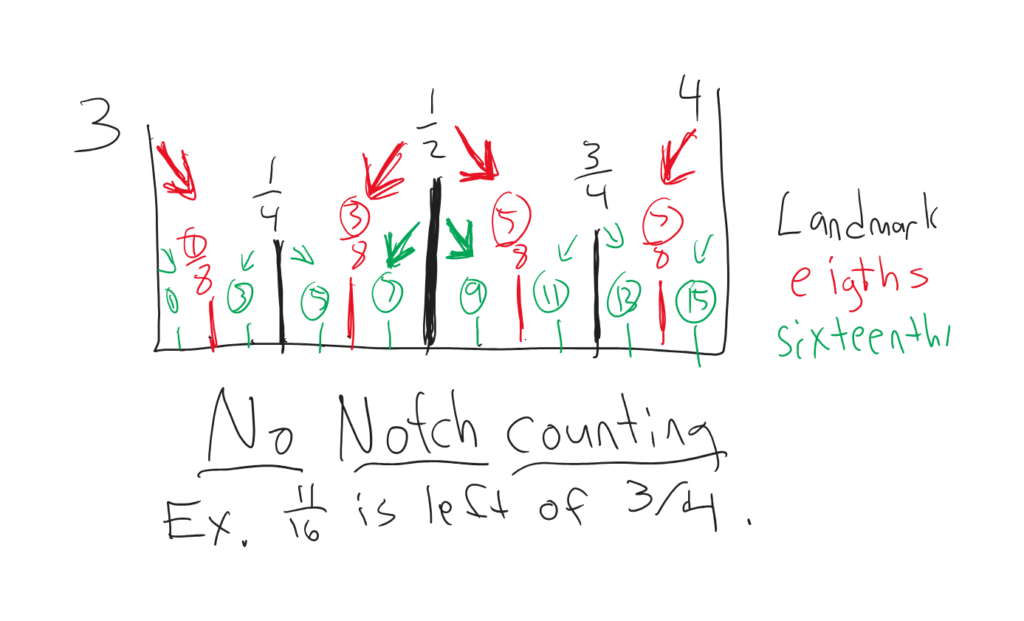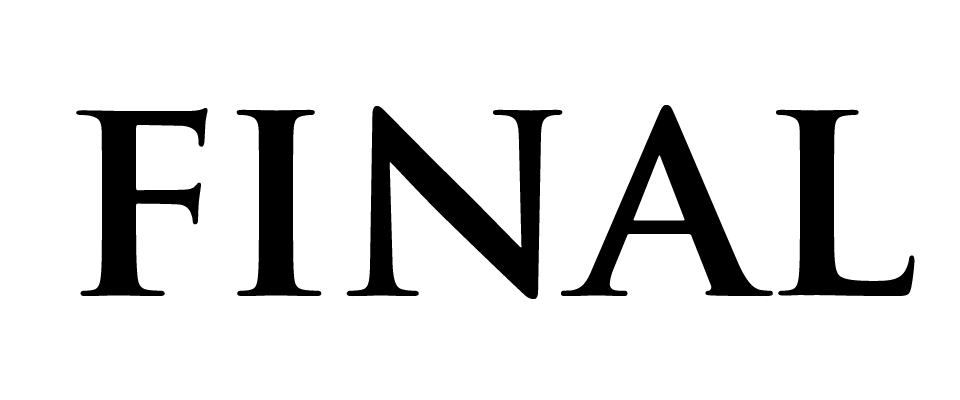
Now that we’re familiar with ruler fractions, let’s see what we can do with them.
Common Denominator
Since we’re only using ruler fractions, the common denominator is always the bigger denominator. So multiply the other fraction by 2, 4, or 8 to get a common denominator.
Do not make them improper! You will never need to make a mixed number improper in this course. Just add the whole numbers, numerators and denominators together, once they’re common.
Sometimes when you add, you will end up with an improper fraction, one where the top fraction, the numerator, is bigger than the bottom number, the denominator. Here’s the simplest way to get the answer:

The Carry Shortcut
- ADD one to the whole number
- SUBTRACT the denominator from the numerator
Example: 4 5/16 + 2 7/8 = ?
- CD: 16
- 7/8 (x2) = 14/16
- 4 5/16 + 2 14/16 = 6 19/16 improper
- Shortcut: 6 + 1 = 7, 19 – 16 = 3
ANSWER: 7 3/16
Sometimes when you subtract, the second numerator is bigger than the first numerator. Here’s the simplest way to get the answer:
The Borrow Shortcut

- SUBTRACT one from the first whole number
- ADD the first numerator and denominator together
Example: 3 1/4 – 1 7/8 = ?
- CD: 8
- 1/4 (x2) = 2/8
- 3 2/8 – 1 7/8 borrow
- Shortcut: 3 – 1 = 2, 2 + 8 = 10
ANSWER: 1 3/8
More Than / Less Than
Isn’t the same as greater than / less than. More than means ADD and less than means SUBTRACT. You have to flip the numbers in a less than problem.
Example: What is 5 less than 8?
Answer: 8 – 5 = 3
Back to the Learnbox!



